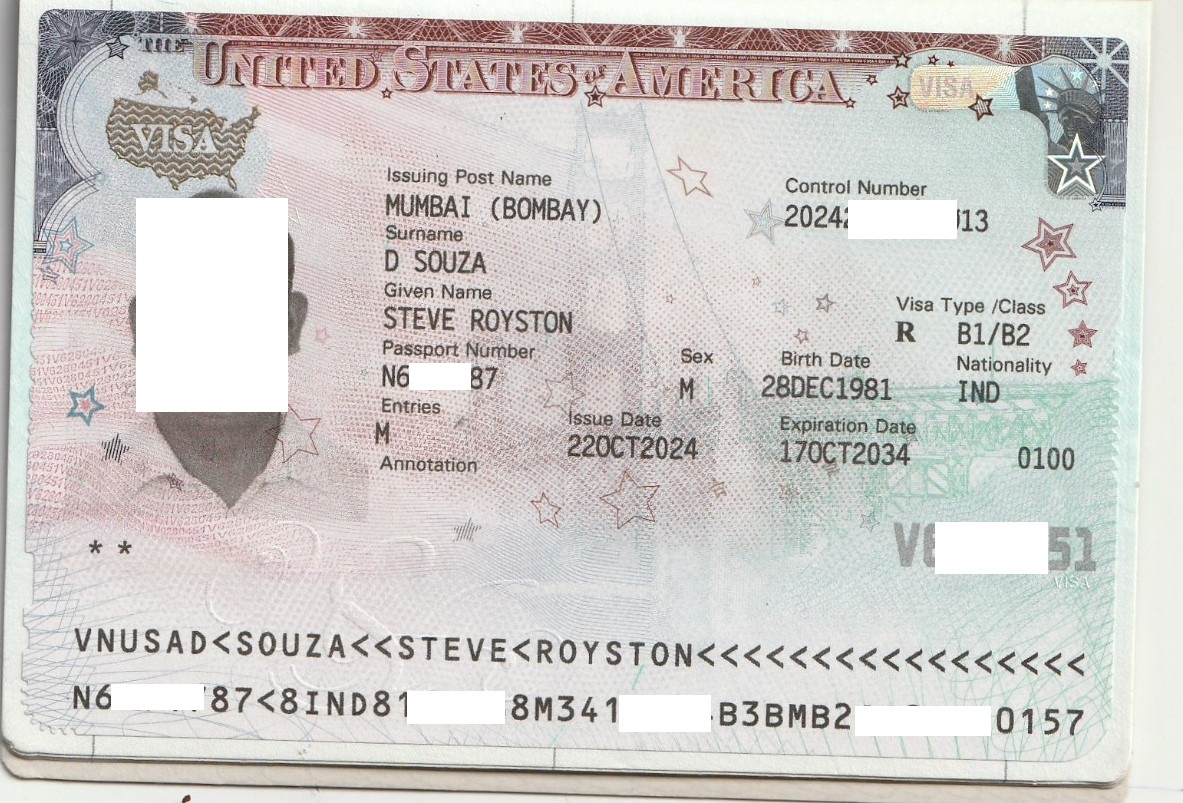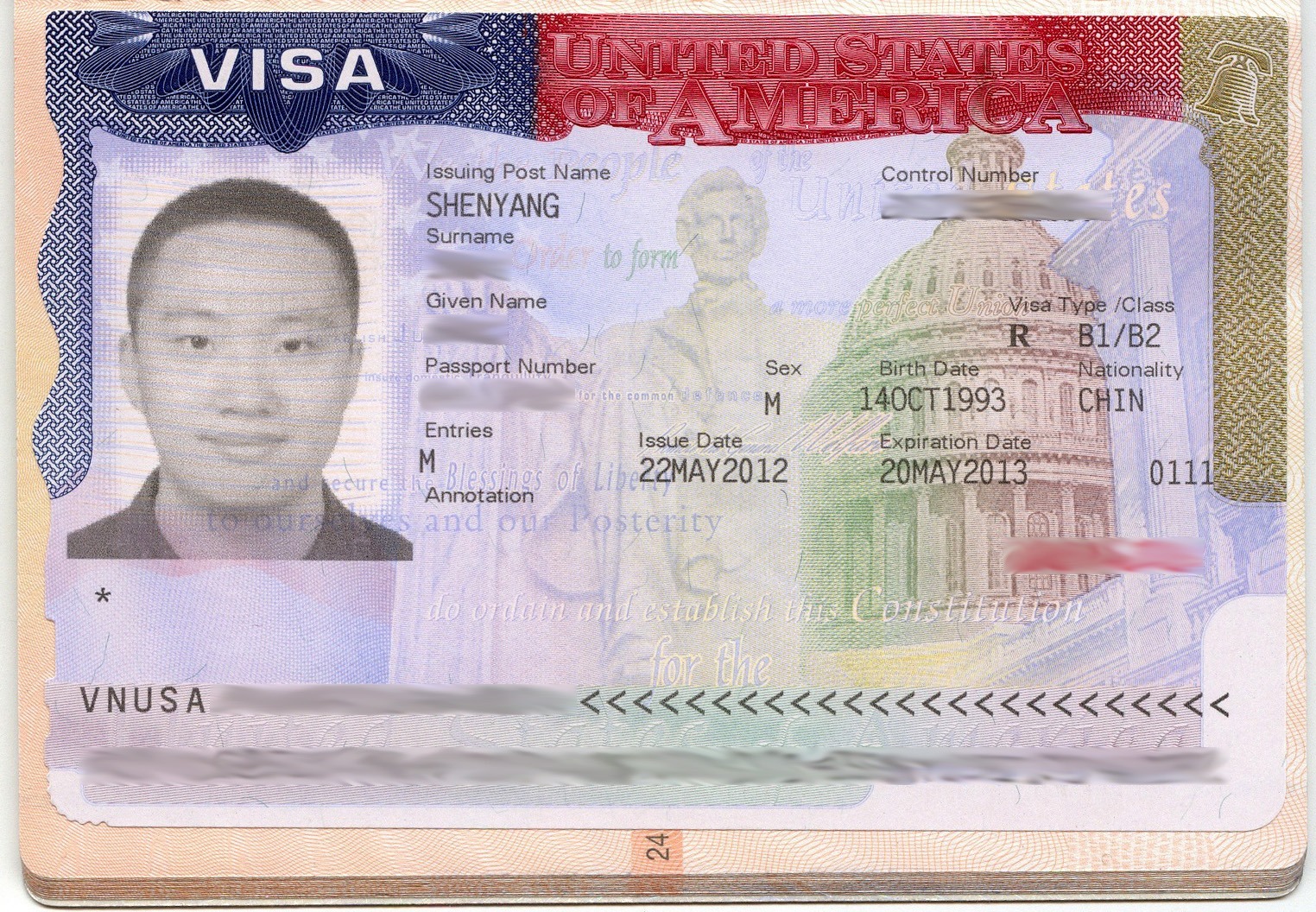Opening Opportunities: Crucial Details on United States Visas for Indian Citizens
Maneuvering the complexities of united state visa choices is necessary for Indian residents aiming to explore chances in the United States. With numerous classifications ranging from short-term visitor visas to paths for long-term residency, comprehending the subtleties of each can considerably impact one's trip. This conversation will certainly highlight crucial info, consisting of application procedures and qualification standards, that can equip people in their pursuit of new experiences. As we unpack these essential facets, the inquiry emerges: what methods can one employ to boost their possibilities of a successful application?
Introduction people Visa Types
When passing through the facility landscape of US migration, comprehending the various sorts of visas available is necessary for Indian residents looking for entrance into the USA. The US migration system is mostly categorized into 2 wide categories: immigrant visas and non-immigrant visas.
Immigrant visas are marked for those meaning to live permanently in the US - Types Of US Visas. These consist of family-sponsored and employment-based visas, where candidates usually require a sponsor. Non-immigrant visas, on the various other hand, accommodate people looking for short-term residence, such as tourists, service site visitors, and those taking a trip for details purposes like job or research
Within the non-immigrant category, several visa types exist, including B-1/ B-2 for service and tourist, H-1B for specialized line of work, L-1 for intra-company transferees, and O-1 for individuals with remarkable capacities. Each visa has unique qualification requirements and application processes, demanding extensive research study to establish the ideal category.
Recognizing these categories is necessary for Indian citizens, as it enables them to navigate the application process better, ensuring they choose the appropriate visa type to satisfy their certain requirements and goals.
Student Visa Options
For Indian people desiring research in the USA, student visas present a vital path to go after academic chances. The key visa groups for pupils are the F-1 and M-1 visas.
The F-1 visa is assigned for scholastic pupils enlisted in a full time program at a recognized organization, such as universities and colleges. Types Of US Visas. This visa permits trainees to participate in on-campus work and, under specific conditions, take part in optional practical training (OPT) after finishing their degree, supplying valuable job experience in their field
On the other hand, the M-1 visa is planned for vocational or non-academic programs. It provides to students seeking technical or vocational training, permitting them to register in non-degree programs. M-1 visa owners may participate in useful training, but it is normally much more restricted contrasted to the F-1 category.
To acquire a student visa, candidates must secure admission to a united state institution, get a Kind I-20, and demonstrate monetary capability to support their education and living expenditures. Recognizing these visa options is substantial for Indian residents intending to begin their instructional journey in the USA.
copyright Categories
Many Indian residents looking for employment possibility in the United States might consider various job visa classifications customized to different specialist needs and credentials. The most prominent copyright is the H-1B visa, developed for experienced workers in specialized professions needing a higher education and learning degree or its equivalent. It allows united state employers to briefly employ foreign workers, with a cap on the number of visas released yearly.
One more crucial category is the L-1 visa, which helps with the transfer of staff members within international companies. The L-1A visa is for managers and executives, while the L-1B visa is for employees with specialized knowledge.
The O-1 visa accommodates individuals with remarkable capacities in their area, consisting of scientific research, arts, or service. For farming or seasonal work, the H-2A and H-2B visas are available, allowing companies to employ foreign workers for short-term positions.
Family-Based Immigration
Family-based immigration gives a path for U.S. citizens and authorized irreversible citizens to reunite with their family members from India. This immigration category is basic for preserving familial bonds and facilitating the combination of relative right into American society. United state residents can petition for prompt loved ones, including spouses, youngsters, and moms and dads, without facing yearly limits on visas. This expedited procedure significantly reduces waiting times for these close family connections
On the other hand, legal permanent citizens may fund spouses and unmarried youngsters, but they go through yearly caps, leading to longer wait times. The family-sponsored migration system is separated into 2 primary categories: prompt loved ones and household choice groups. The previous includes those who have a direct partnership with a united state person, while the latter incorporates farther family members, such as siblings and married youngsters of citizens, and youngsters of legal irreversible locals.
For Indian citizens seeking family-based immigration, understanding the nuances of this system is vital. Proper paperwork and adherence to application protocols are important for effective sponsorship. By steering with these complexities, households can function in the direction of reuniting and developing their lives with each other in the USA.
Irreversible Residency Process
The process of obtaining irreversible residency in the United States includes a number of vital visa classifications tailored for Indian residents. Recognizing the application steps, including necessary documentation and eligibility requirements, is important for a successful outcome. Furthermore, possible candidates need to be mindful of the anticipated timeline and details demands related to each category.
Visa Categories Introduction
While passing through the complexities of the united state migration system, Indian residents looking for long-term residency has to familiarize themselves with numerous visa groups tailored to various situations. more info The key pathway for long-term residency is via employment-based visas, which are classified right into a number of preferences, consisting of EB-1 for people with amazing abilities, EB-2 for specialists holding postgraduate degrees, and EB-3 for proficient workers. Each classification has particular eligibility needs and handling times.
Family-sponsored visas are an additional noteworthy opportunity, permitting U.S. residents and lawful irreversible locals to seek for relatives. This includes prompt family members, such as partners and children, and various other household categories, which may entail longer waiting periods.

Comprehending these visa classifications is necessary for Indian residents, as they considerably affect the approach for obtaining permanent residency in the United States. Each category's nuances and requirements require cautious factor to consider to align with private scenarios and objectives.
Application Process Actions
Steering the application process for permanent residency in the USA includes several crucial steps that have to be carefully complied with to assure an effective result. The journey generally starts with determining the proper immigration classification, such as employment-based or family-sponsored visas. Candidates have to collect vital documents, consisting of proof of qualification, financial declarations, and individual recognition.
When the category is identified, the next action is to submit the Type I-130 (Application for Alien Relative) or Form I-140 (Immigrant Application for Alien Employee), depending on the basis of the application. Following the approval of the petition, applicants will certainly need to finish the National Visa Center (NVC) handling by submitting the called for costs and types.
Next, the applicant needs to go through a medical exam and acquire police clearance certifications. As soon as these are finished, a meeting will be arranged at the U.S. consular office or embassy. It is crucial to prepare completely for this interview, as it can substantially affect the decision on the application. Upon authorization, the candidate will certainly get their visa, granting them long-term residency in the United States.
Timeline and Requirements
Charting the timeline and needs for obtaining permanent residency in the United States is important for Indian residents seeking to establish a long-lasting presence. The procedure largely hinges on employment-based or family-sponsored paths, each with certain prerequisites and timelines.
For employment-based immigration, the procedure normally begins with a labor accreditation, which can take a number of months. As soon as approved, the employer submits a Type I-140, Immigrant Request for Alien Worker, which can take an extra six months to a year, relying on the processing center. Adhering to I-140 approval, candidates might require to wait on their priority date to end up being current, which can differ considerably based upon the applicant's classification and native land.
For family-sponsored immigration, U.S. residents can petition for prompt family members, which normally leads to faster handling. Various other household classifications may include much longer wait times due to annual caps.
Application Procedures
Understanding the application treatments for United States visas is vital for Indian citizens looking for entry into the USA. This area will certainly give an overview of various visa classifications and describe the step-by-step process for using. By following these standards, applicants can browse the intricacies of the visa efficiently.
Visa Categories Overview

Non-immigrant visas, such as B-1/ B-2 for business and tourism, F-1 for scholastic research, and H-1B for specialized employment, permit short-lived remains. Candidates have to show their intent to go back to India after their check out.
On the other hand, immigrant visas, including family-sponsored and employment-based groups, provide a path to long-term residency. These visas often call for sponsorship from a family member or employer in the united state, in addition to an extensive application process.
Moreover, there are unique programs, such as the Variety Visa Lottery, aimed at promoting variety amongst immigrants. Each visa category has particular eligibility requirements, required documents, and application treatments. Acquainting oneself with these classifications is necessary for potential vacationers and immigrants, as it sets the structure for an effective visa process. Comprehending these options can substantially improve the opportunities of achieving desired outcomes in the U.S.
Step-by-Step Refine
Generally, the application procedure for U.S. visas involves a number of crucial actions that candidates must carefully follow to ensure a smooth experience. The primary step is to identify the proper visa group based on the objective of travel, such as work, study, or tourism. When the classification is recognized, applicants need to finish the online DS-160 type, giving exact individual details and travel details.
After submitting the DS-160, applicants must pay the visa fee, which varies by visa kind. Next off, arrange an appointment for a visa meeting at the nearest united state Consular office or Consular Office. It is important to get ready for the meeting by gathering required documents, consisting of a valid copyright, visa verification, charge repayment invoice, and any kind of sustaining paperwork particular to the visa classification.
On the day of the interview, arrive promptly and gown appropriately - US Visa Requirements. Throughout the meeting, be prepared to address questions regarding your traveling purposes, economic security, and ties to India. Lastly, if approved, the visa will certainly be marked in the key, enabling travel to the United States. Complying with these steps guarantees a well-organized and efficient copyright procedure for Indian residents
Tips for a Successful Application
As you commence on the trip to protect an US visa, it is important to approach your application with thorough interest to detail and a clear understanding of the requirements. Begin by extensively investigating the particular visa group that lines up with your objective of travel, whether it be for job, study, or tourism. Each visa kind has unique requirements and documentation needs.
Ensure that all types are completed accurately and truthfully. Tiny errors or noninclusions can result in hold-ups or perhaps rejections. It is recommended to collect all required sustaining files, consisting of financial statements, employment letters, and proof of connections to India, which demonstrate your intent to return post-visit.
Plan for your visa interview by practicing feedbacks to common inquiries connected to your itinerary and background. Confidence and quality can significantly influence the police officer's perception. Take into consideration seeking help from reputable immigration consultants if you really feel overloaded.
Regularly Asked Inquiries
What Are the Processing Times for US Visa Applications?

Can I Modification My Visa Condition While in the US?
Yes, individuals can alter their visa status while in the United States, offered they meet qualification demands and comply with proper procedures. It is critical to file the ideal application with U.S. Citizenship and Migration Solutions (USCIS)
Are There Age Boundary for US Visa Applicants?
There are generally no specific age limitations for U.S. visa candidates; nevertheless, specific visa classifications may have age-related qualification requirements. It's vital to assess the demands for each visa kind to guarantee conformity.
What Prevail Factors copyright Denial?
Usual factors copyright denial consist of inadequate financial sources, failure to show connections to the home country, incomplete application, lack of appropriate documentation, previous immigration offenses, and failing to fulfill qualification criteria for the particular visa group.
How Can I Appeal a Visa Denial Decision?
To appeal a visa denial, assess the consular police officer's reasons, gather sustaining documentation, and send an official attract the ideal authority, ensuring to stick to defined timelines and procedural demands for the allure procedure.